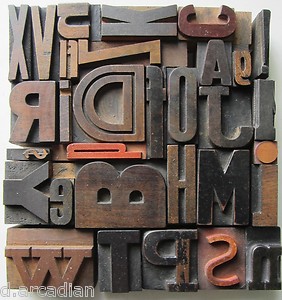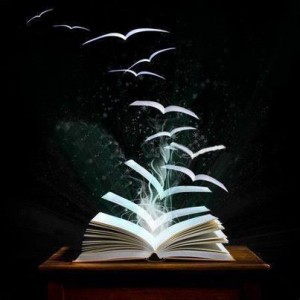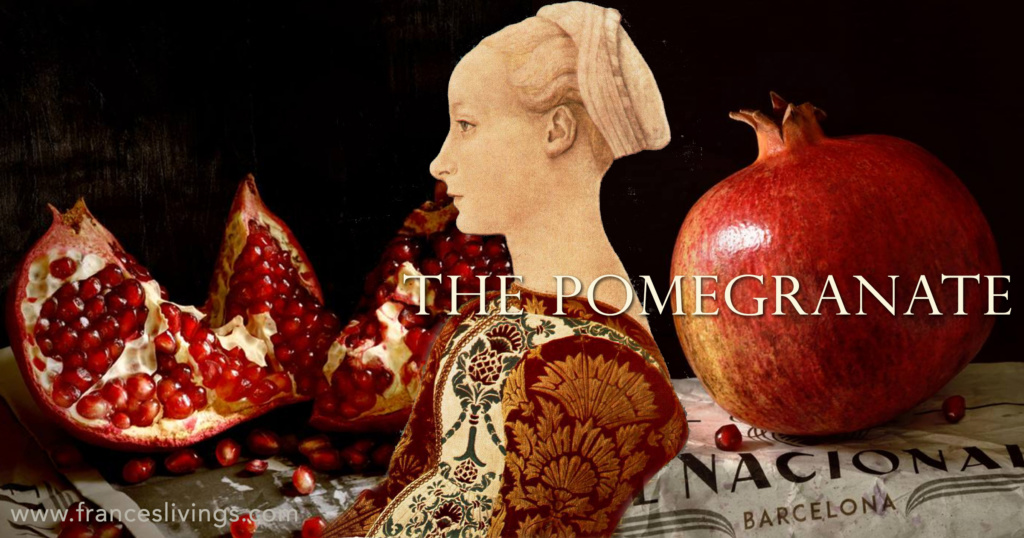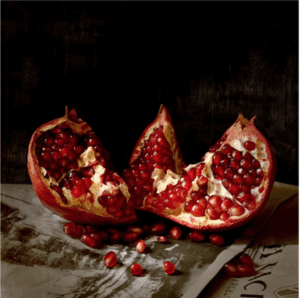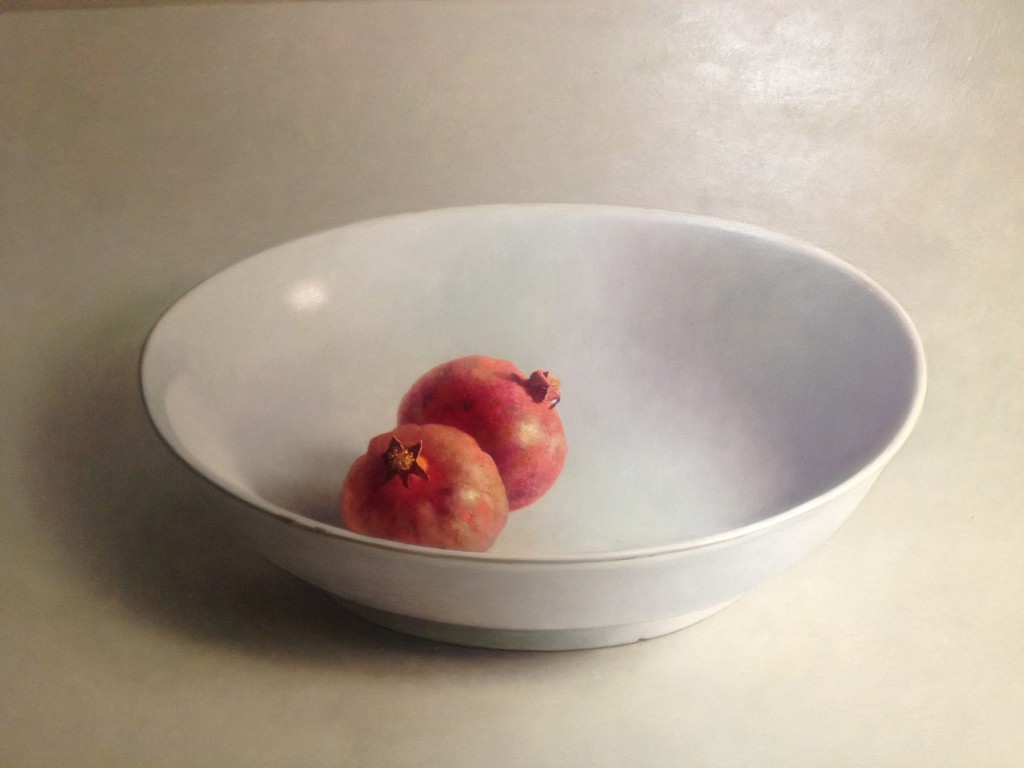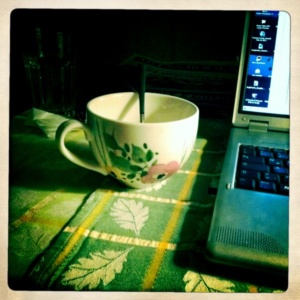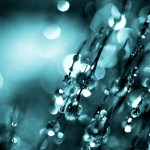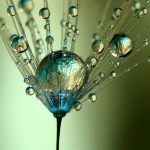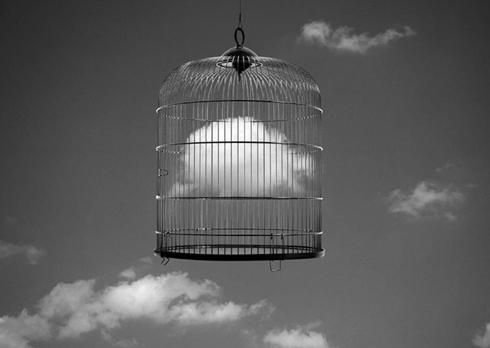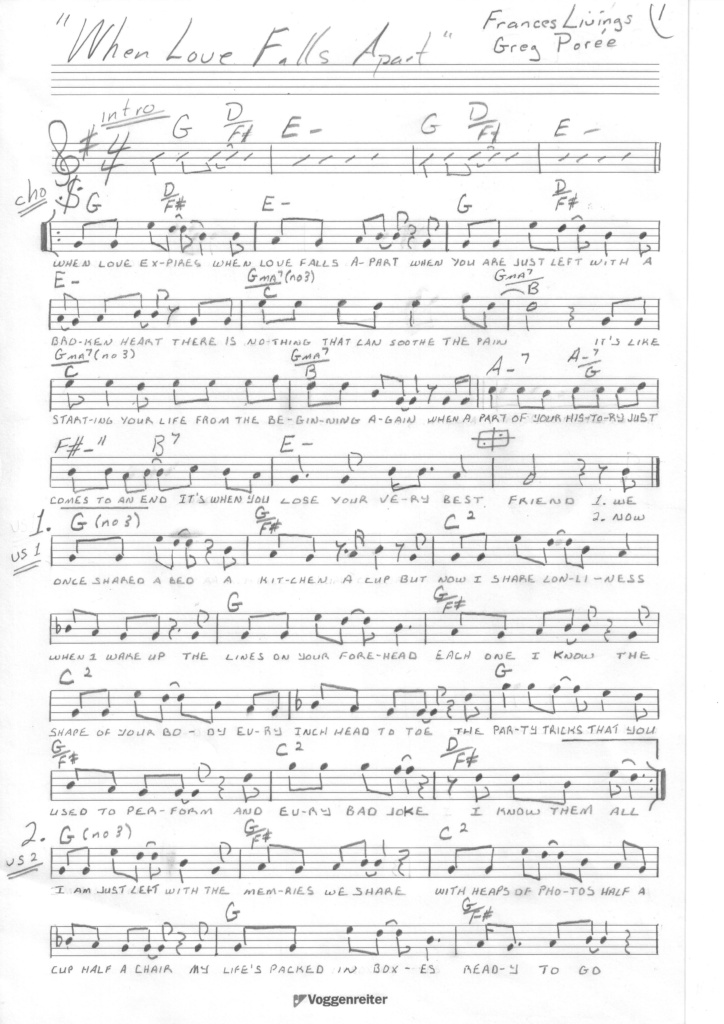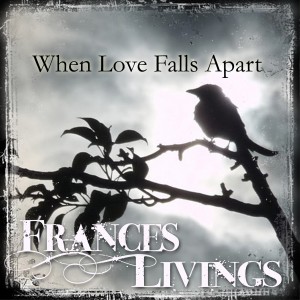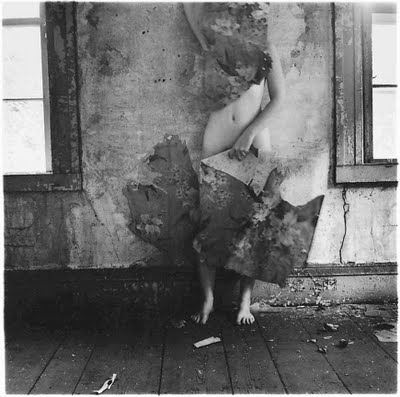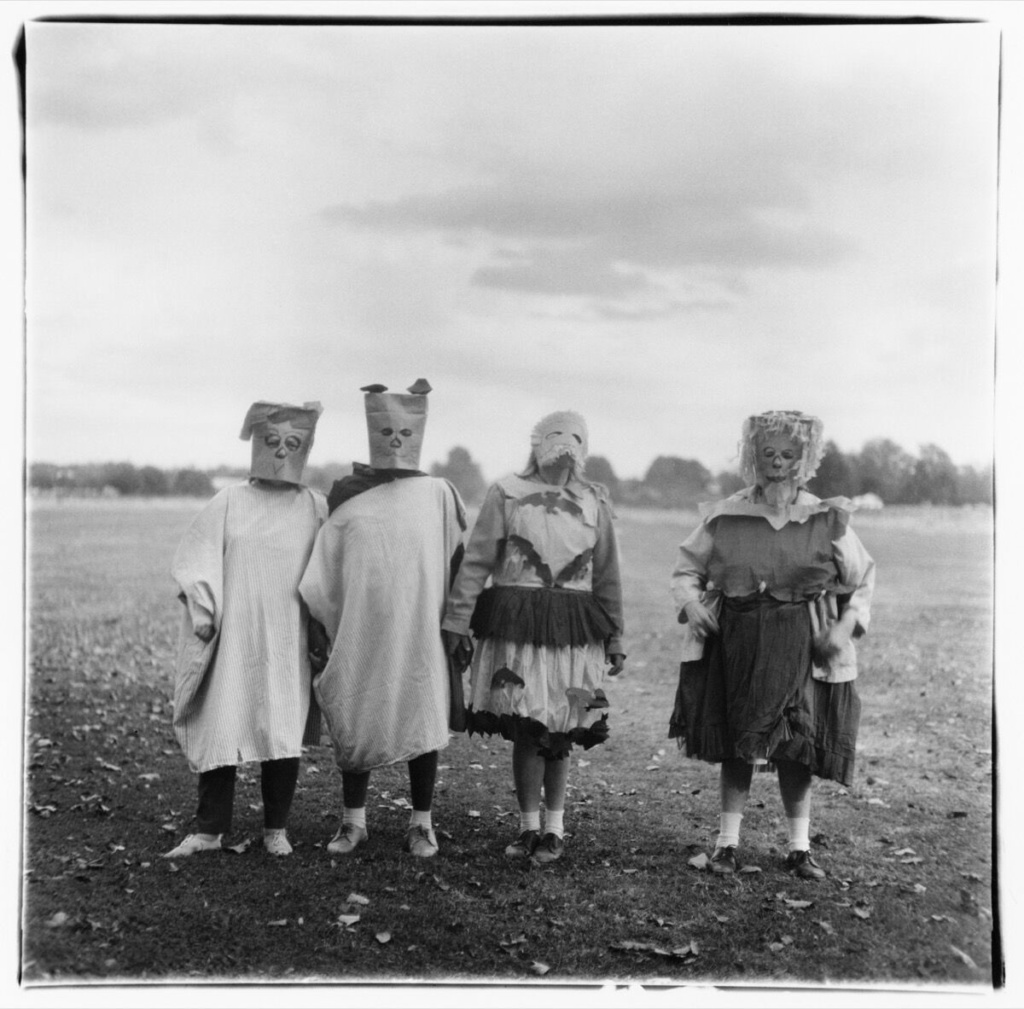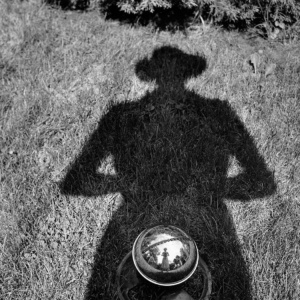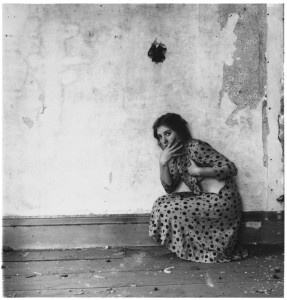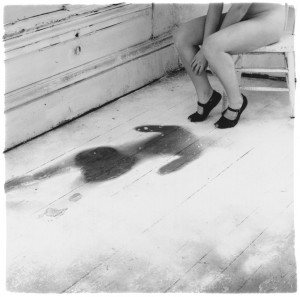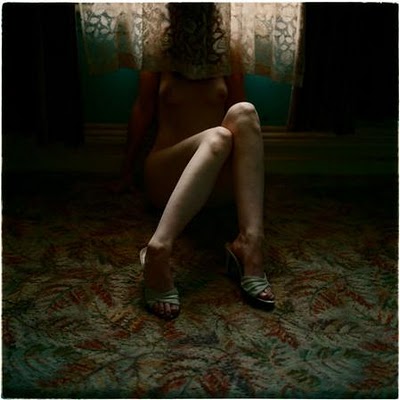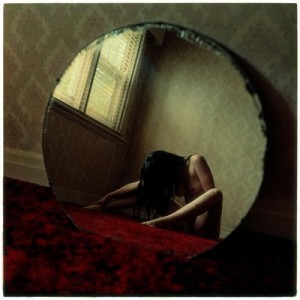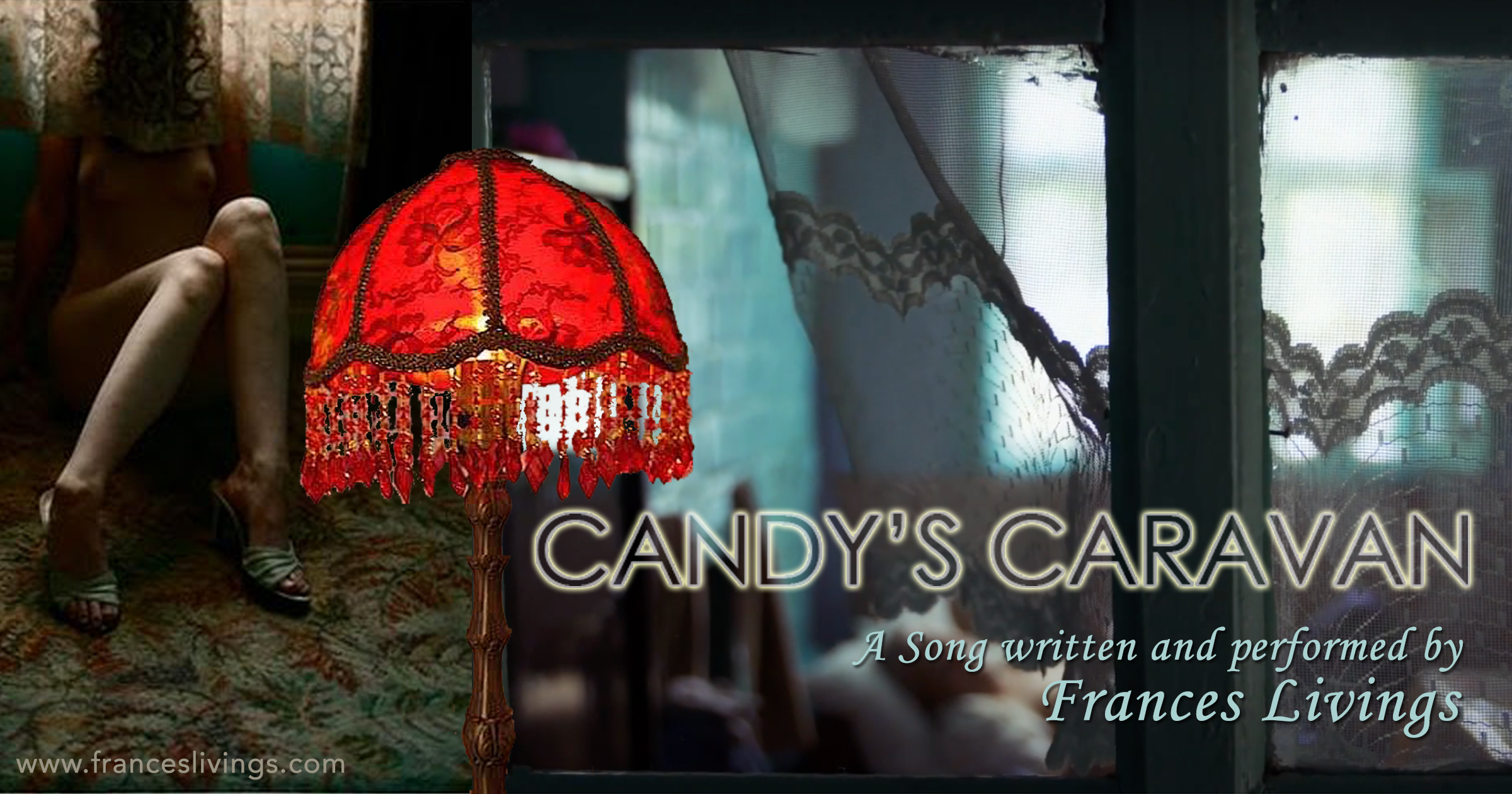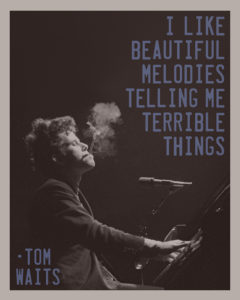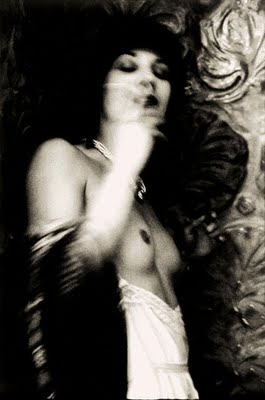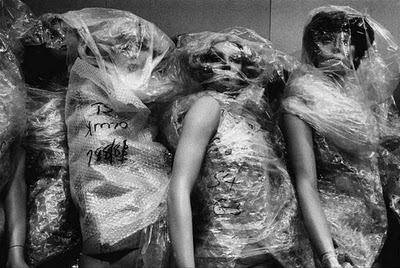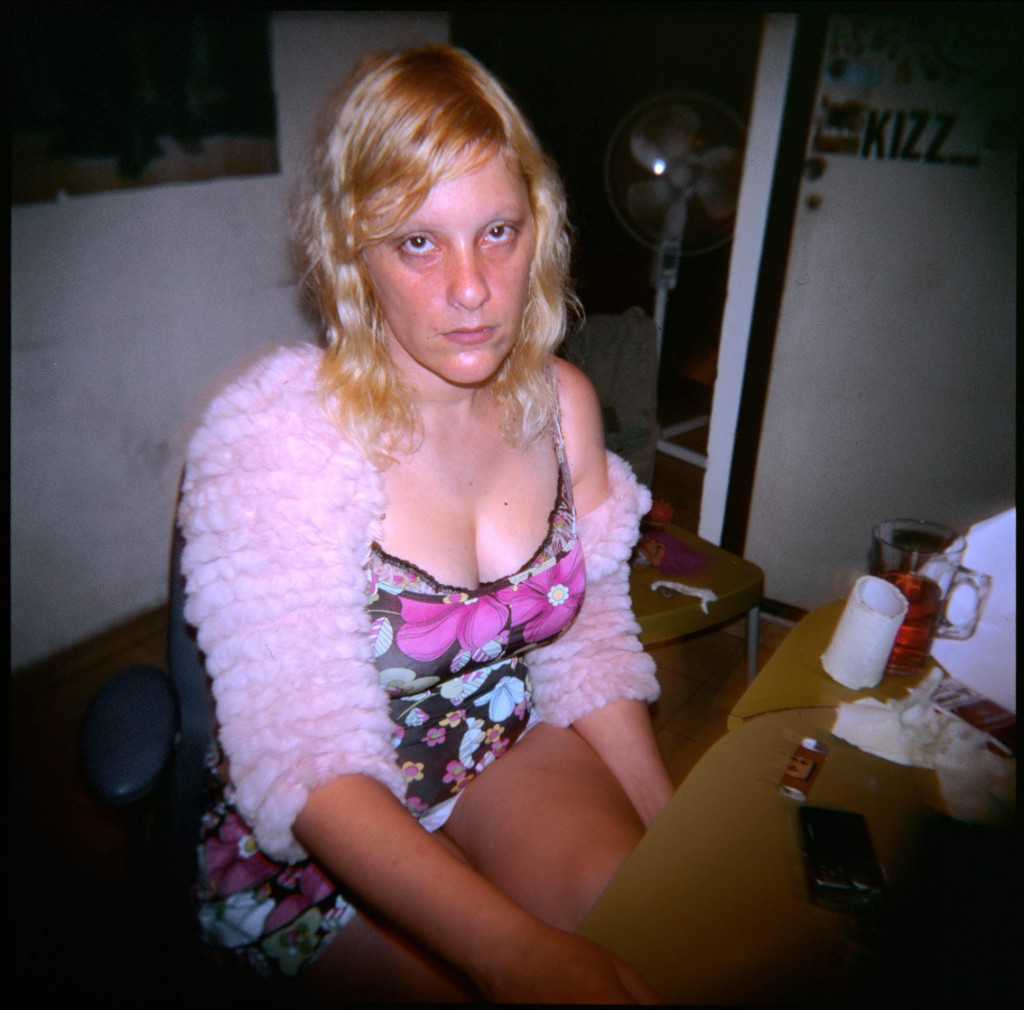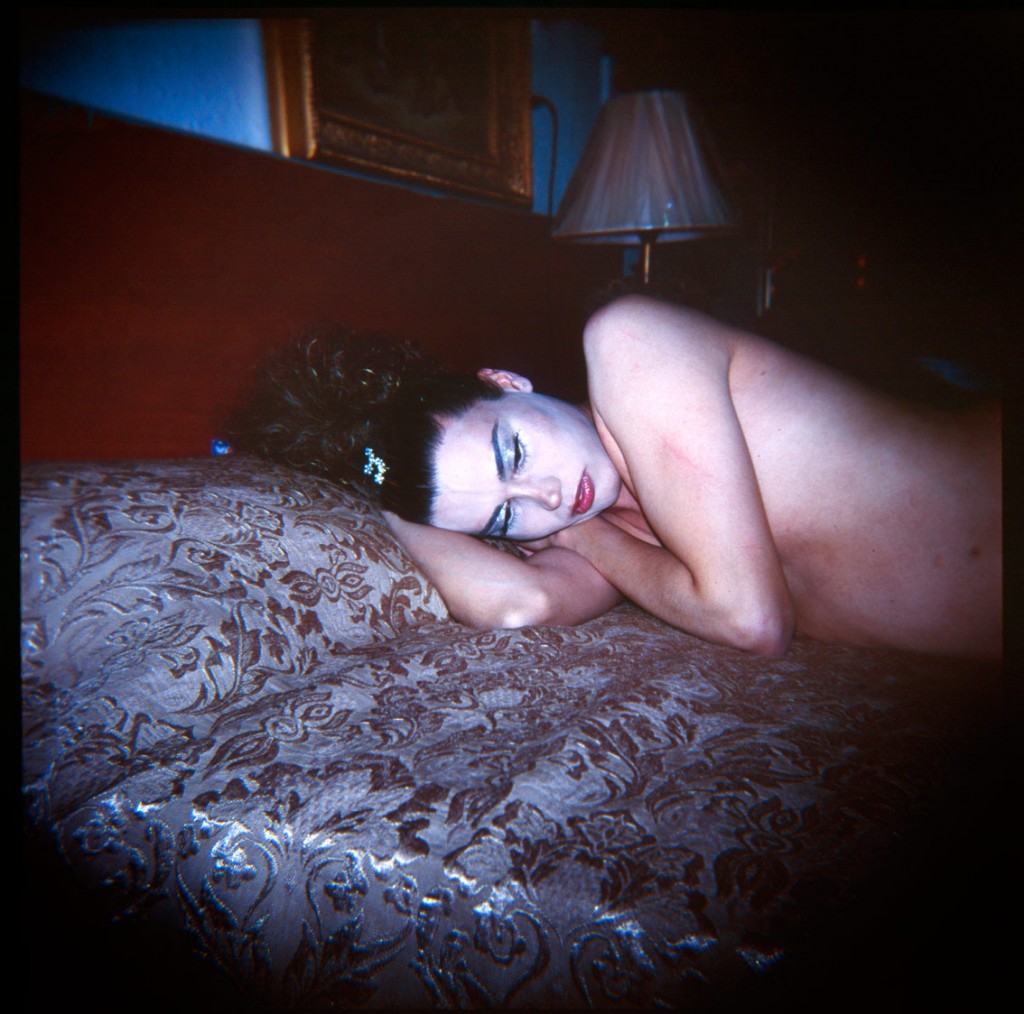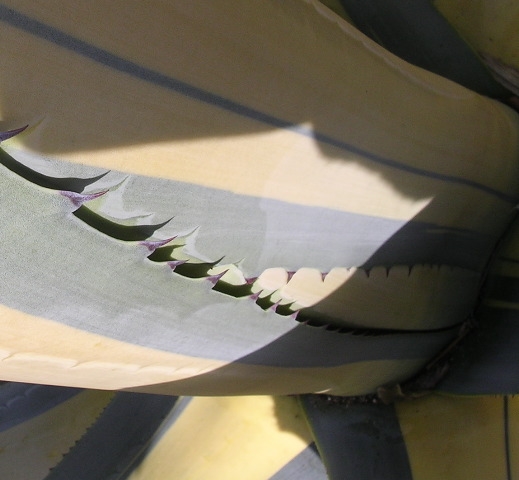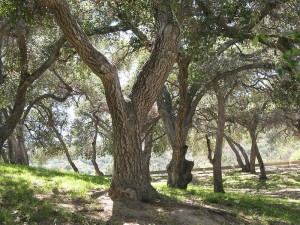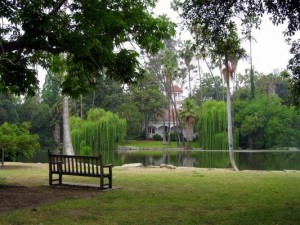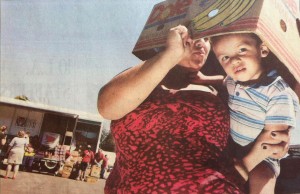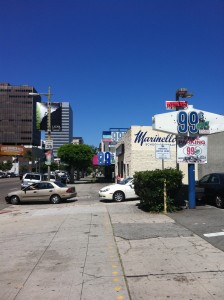: : FOR IMMEDIATE RELEASE : : MOONTRAXX, LOS ANGELES, SEP. 2016 : :
Capturing a rich atmosphere of cultural diversity, this sensual, multi-lingual world jazz album, with songs in French, English, Spanish and Portuguese, guarantees to carry you along on an emotional journey.
Moontraxx Records & Music Productions proudly presents the release of Frances Livings’ new album, Ipanema Lounge. The official release party and live show will take place on Thursday, September 15, 2016 at 7pm at Genghis Cohen, Los Angeles. If you are a member of the press please contact us here to receive a free copy and a VIP spot on the guest list.
Whenever I meet a new song, I fall madly in love with it. I think, why haven’t I met you before?
~ Frances Livings
The multi-lingual world-jazz album Ipanema Lounge, produced by the artist Frances Livings in collaboration with the composer, arranger and guitarist Greg Porée for Moontraxx Records Los Angeles, captures a rich atmosphere of cultural diversity.
As a vocalist and a songwriter, Frances Livings has always been drawn to the unique crafting of a song, to its rhythm, melody, texture, linguistics and story. Frances discovered early in her career that you don’t have to be a native of any country to become attached to its culture. Another source of inspiration were her travels, like extensive stays in Southern Europe, and from having lived and worked in the multi-ethnic melting pot Los Angeles for the last decade. Bringing to this album even more than her deep love of these cultures, she choose a foreign language repertoire. She selected songs written by artists native to countries such as France, Mexico and Peru, whose tunes with their unique phonetical sounds evoke a very classy and lush atmosphere.
The cello is considered to be one of the most expressive and satisfying instruments to listen to. Its ability to speak beautifully whether in a low or high register makes it a joy for composers to write for. Frances’ alto voice resonates in the same manner. With her richness of overtones, she brings a wide range of emotion and passion to each song, truly a gift for the listeners.
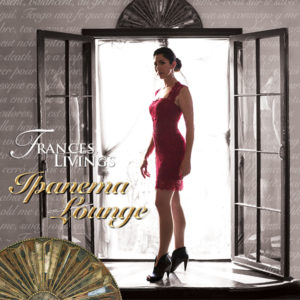 The album’s thirteen songs, in French, English, Spanish and Portuguese, guarantee to carry you along on this emotional journey. With each new melody, you are immersed into a new locale, yet never fully leave the last one. They will transport you to the contemporary bars and lounges of urban metropolises, where French art house chansons, soulful American standards and groovy Brazilian music have had their undeniable impact on today’s global music and art culture.
The album’s thirteen songs, in French, English, Spanish and Portuguese, guarantee to carry you along on this emotional journey. With each new melody, you are immersed into a new locale, yet never fully leave the last one. They will transport you to the contemporary bars and lounges of urban metropolises, where French art house chansons, soulful American standards and groovy Brazilian music have had their undeniable impact on today’s global music and art culture.
The musical ensemble succeeds in bringing out the colours of these tunes, which range from contemporary to classical – the oldest song being from 1946. The jazz standard One Note Samba is a perfect example of the musical imagination and refreshing engagement that was brought to the production.
On Corcovado, Waters of March, Aganjú and One Note Samba, Greg Porée re-harmonized and restructured their arrangements, giving a brand new perspective to these familiar songs. Joey Heredia created an enticing drum pattern that possesses the dramatic nuances of a New Orleans march and that compliments Trey Henry’s moody bass in the intro and his syncopated patterns in the verse and bridge. These killer grooves Greg contrasted with steel string acoustics that were used to create dissonant pads for Frances’ playful vocal.
Rhythmically, Sandro Feliciano (percussion) and Isaias Elpes (electric bass), originally from Brazil, contributed very fresh cultural perspectives in developing their parts: On Jardin d’Hiver they were playful and danceable, on Aganjú and Come Closer the percussion and bass underpinnings were in a contemporary, sultry and passionate Nu Jazz style, and on Hoy they captured the flavours of Peru and Mexico. The exotic flairs of Argentina and Paris were brought to Hoy and Jardin d’Hiver by Mariano Dugatkin with his bandoneon.
On the ballads Dansez Maintenant, La Puerta and Pour te Plaire, the accompaniment for Frances’ intuitive vocal delivery required the highest level of experience, technical skill and sensitivity. The jazz veterans Jeff Colella on piano and Trey Henry again on double bass, along with Frances’ vocals, took these ballads way past the generic renditions one normally hears. Joe Ayoub played with similar musical insight on double bass on Sway and Waters of March. Darrell Diaz, a Los Angeles veteran, went way beyond the norm with his creative solos in Tell Me All About It and Waters of March, including his tasteful keyboard support on Jardin d’Hiver, Come Closer, Hoy and Sway.
For Dindi, Waters of March, Hoy and Corcovado Greg Porée created signature parts on the classical guitar that are elegantly cohesive in nature and especially impactful on Waters of March. Instrumentally, this set the stage for Frances’ and the band’s superb performance. On Dindi her beautifully crafted vocal was complimented by the linear sounds of an almost whimsical archtop guitar. For Dansez Maintenant and Pour the Plaire the atmosphere was the intimate, late night jazz club that also suited the sound of that guitar.
One of the four guest soloists was Paul Cartwright on violin who added an imaginative and atmospheric solo to the already haunting track Come Closer. John Nau did the same on electric piano for Corcovado. The studio veteran Nolan Shaheed’s trumpet ad libs on Sway take you right back to Cuba of the 1950’s, and when faced with the challenge of playing a solo over completely new chord changes for One Note Samba, Nolan rose to the occasion and took the song to new heights. On Aganjú, the interplay between Robert Kyle’s multi-layered flute and saxophone tracks and Frances Livings’ vocals brought a unique sensuality and Nu Jazz feel not previously heard on this Latin hit song.
The song sequence reflects the cycle and harmony of a day. Its moods flow through us as we awake, engage, dance, mourn and love. Some songs convey a playful attitude, like the staccato romance of possibility of Jardin d’Hiver that opens the morning. As the hours count noon, the poetic Waters of March followed by Dansez Maintenant meander us into the afternoon. Aganjú transports us into evening with its sultry tone. Come Closer, penned by Frances and the German bassist and songwriter Volker Schwanke, captures the intensity of longing and never attaining. The Portuguese ballad La Puerta exhibits a sensual flare for the dramatic and Corcovado evokes the serenity of dusk.
Sway, originally written by a Mexican composer and made famous by Dean Martin, is a flirtatious invitation for more. We transcend twilight with Pour te Plaire, an adaption of Glenn Miller’s famous jazz standard Moonlight Serenade. This French version is a perfect example of Frances Livings’ vision – how shifting language alters atmosphere, meaning and scenery. Passion flares our senses as we lay exposed, open to the magic of the night.
Each language is like a beautiful musical composition, made up of its own unique melody, rhythm and form.
~ Frances Livings
A lovely, poetic voice, a lovely talent, and an exceptionally lovely woman. https://t.co/HOg7FFvZOf
— RogueJusticeNominee (@justiceputnam) September 6, 2016
PRESS CONTACT: by email Moontraxx@icloud.com by mobile phone (1) 323 719-0747
COMPANY WEBSITE: http://www.moontraxx.com
ARTIST’S WEBSITE: https://franceslivings.com







